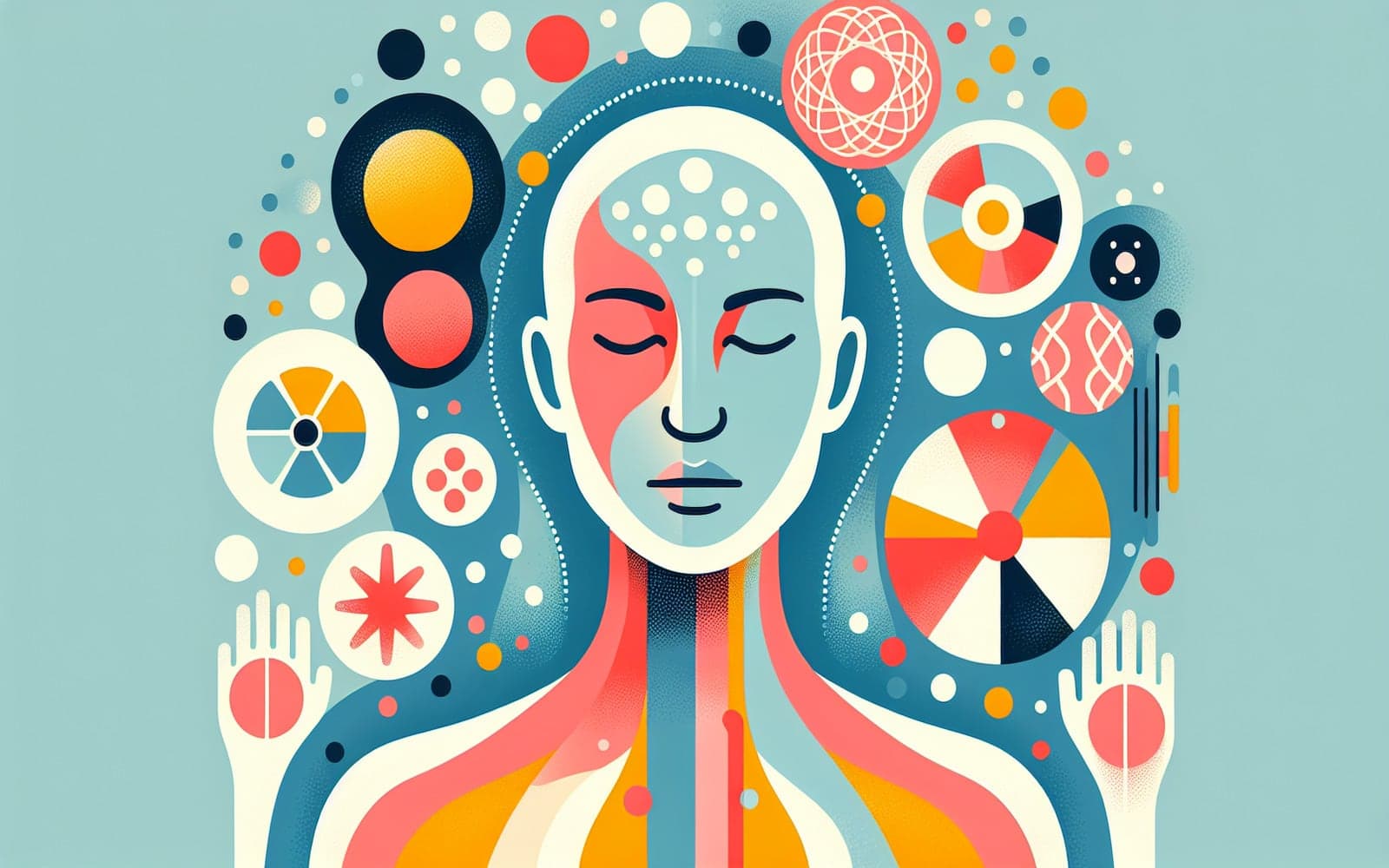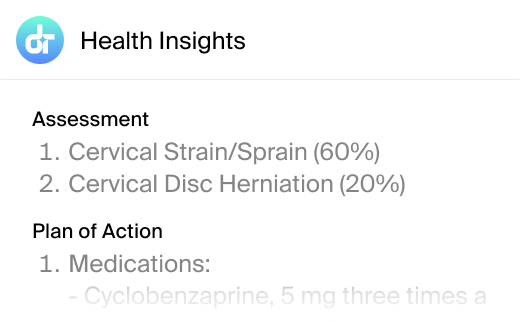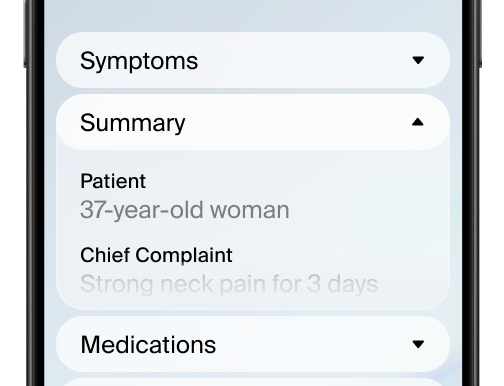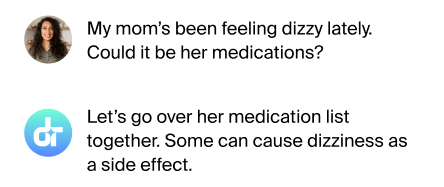Radiation Therapy for Breast Cancer: What You Need to Know
Radiation Therapy for Breast Cancer: What You Need to Know
Zapping Cancer Cells
Radiation therapy is a powerful tool in the fight against breast cancer. It uses high-energy beams to destroy cancer cells and reduce the risk of recurrence.
Contents
- How Does Radiation Therapy Work?
- When is Radiation Used?
- The Treatment Process
- Potential Side Effects
How Does Radiation Therapy Work?
Radiation therapy targets cancer cells with precise beams of energy, damaging their DNA and preventing them from growing and dividing. Think of it like a super-targeted sunburn that affects cancer cells more than healthy cells. The goal is to eliminate any remaining cancer cells after surgery.
When is Radiation Used?
Radiation is most commonly used after breast-conserving surgery (lumpectomy) to reduce the risk of cancer coming back in the breast. Some women also need radiation after a mastectomy, especially if the cancer was large or had spread to lymph nodes. Your doctor will recommend radiation based on your specific situation.

The Treatment Process
Radiation therapy is typically given as a series of short, daily treatments over several weeks. Each session lasts only a few minutes, though preparation time may be longer. Modern techniques aim to minimize damage to healthy tissue. You won't feel the radiation during treatment, but side effects can develop over time.
Potential Side Effects
Common side effects of breast radiation include skin irritation (like a sunburn), fatigue, and breast swelling. Most side effects are temporary and improve after treatment ends. Long-term effects are possible but less common. Your radiation oncologist will discuss ways to manage side effects and what to expect.
FAQs
Is radiation therapy painful?
The treatment itself is painless, but skin irritation may cause discomfort afterward.
How long does each treatment take?
Actual radiation delivery usually takes only a few minutes per session.
Will radiation make me radioactive?
No, external beam radiation doesn't make you radioactive or dangerous to others.
Can I skip radiation if I had a mastectomy?
Some women need radiation after mastectomy, depending on cancer characteristics.
Are there alternatives to traditional radiation?
Some patients may be eligible for shorter courses or more targeted radiation techniques.
A Vital Part of Treatment
Radiation therapy plays a crucial role in reducing the risk of breast cancer recurrence for many women.
Additional References
- American Cancer Society. Radiation for Breast Cancer. https://www.cancer.org/cancer/breast-cancer/treatment/radiation-for-breast-cancer.html
- Breastcancer.org. Radiation Therapy. https://www.breastcancer.org/treatment/radiation
- National Cancer Institute. Radiation Therapy for Cancer. https://www.cancer.gov/about-cancer/treatment/types/radiation-therapy
This article has been reviewed for accuracy by one of the licensed medical doctors working for Doctronic.











